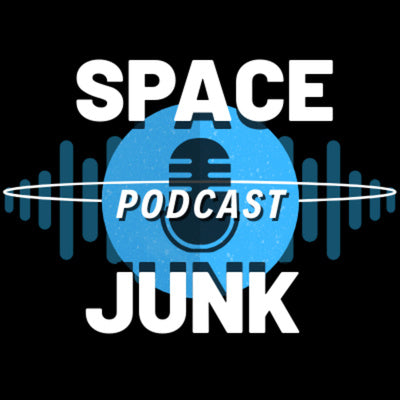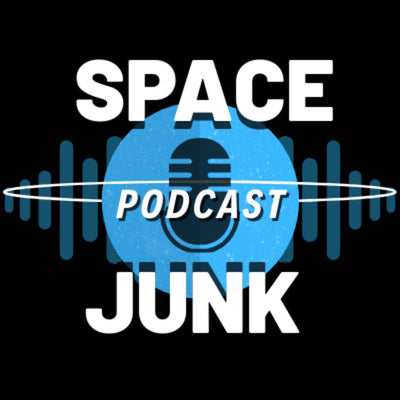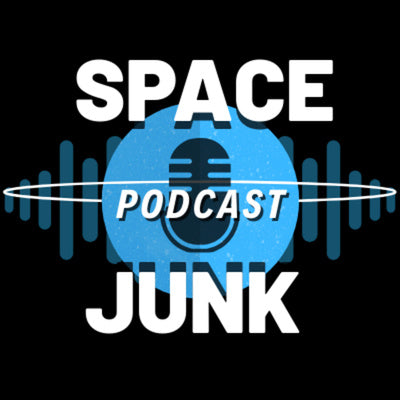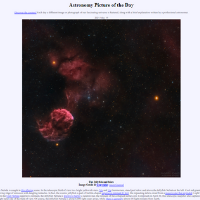OPT for Women in Astronomy: Rachel Freed
We recently interviewed a Space Junk Podcast guest, Rachel Freed, to deep dive into her life as an amateur astronomer and professional educator to learn more about her influence in the astronomy community. Freed has been in the hobby for over 20 years, dedicating her time and research to helping students who are excited about astronomy, gain scientific literacy and opportunities to be more involved in astronomy.
“I am living a life I never could have imagined! I have sort of created a career for myself beyond anything I knew of. I get to teach people around the world how to use remote robotic telescopes, how to make astrometric measurements, and I get to present my work and give my students opportunities to present their research at conferences all over the world. Of course, it’s all virtual right now, but we’re still able to continue our work and share the research with the science and education communities.”
Fun Facts About Rachel Freed
- Favorite science communicators:
- EmilyLevesque (The Last Stargazers)
- Marcia Bartusiak’s books about the history of astronomy.
- Ethan Siegel (science writer for Forbes and has his own podcast)
- Previously, Astronomy Cast by Frazier Cain and Pamela Gay.
- Last books read:
- Einstein’s Telescope by Evalyn Gates
- The Last Stargazers by EmilyLevesque
- Current telescope for outreach and enjoyment:
- Current telescope for research:
- Remote-controlled 16-inch Las Cumbres Observatory telescopes
- Favorite space object:
- M51 - the first object she ever took a picture of
A Day in the Life
While Freed is recognized as the Institute for Student Astronomical Research (InStAR) president, what you may be surprised to learn are themany roles she has in the astro community. If you ask Freed what a day in a life is like for her, you’ll soon learn about her dedication to students, science literacy, personal educational pursuits and more!

As featured on Sonoma News highlighting her field research in Australia at the Mount Burnett Dome.
A day in the life for Freed might look something like meeting with her classes once a week to teach different aspects of the research process and guide teams through it. Like teaching them how to access the Las Cumbres Observatory telescopes and how to collect their own data. She may also spend some time showing students how to access and understand the GAIA databases, Washington Double Star Catalog and other online data archives.
“One of the research program goals is to allow students, whether it's high school or college students or high school or college instructors, to take ownership of their research and learn how to manage their own teams and their research and writing process. It's really different from what a typical classroom is like.”
Freed is also working on a Ph.D. in astronomy education, studying research programs like the ones she runs. “So much of my day involves reading the literature, analyzing survey and interview data that I've collected over the past couple of years, and trying to write up the results for publication,” said Freed.

Rachel Freed at an astronomy workshop at the Mount Burnett Observatory in Australia. (@rachfreed/Twitter)
In addition to teaching and working on a Ph.D., Freed is also the editor of the Journal of Double Star Observations (JDSO). “I spend a lot of time communicating with authors who submit their manuscripts for publication and getting them out for review and all else that goes into publishing a journal," Freed said.
Though she is highly involved in research projects, one of her favorites is letting students take over research projects to do real analysis and writing.
“I get excited about most of the papers that the students work on because there’s always something interesting that comes up, whether it’s data that seems off at first, or what we thought was supposed to be an orbit turns out to look more linear."
Over the past six years, the research seminars that Freed has been teaching are entirely online. During the COVID-19 pandemic, many students gravitated towards the online program as their in-person internships were canceled.
The Future of Astronomy
The pandemic changed the learning classroom structure for people worldwide. Many turned to virtual star parties in the astronomy community as people found new ways, and some revisited ways to access the night sky.
“I love that more and more people are having access to telescopes. I know that there are major changes on the horizon such as huge data sets coming in from JWST and the Vera Rubin Observatory (formerly LSST), and coding is the astronomy tool of the future, as even now. But to be able to use small telescopes to collect their own data is a powerful experience for students.”
There is something spectacular that happens when people can connect with others to research the night sky. Freed’s students from all over the world have had the opportunity to discover new perspectives of the night sky and publish papers through InStAR's partnership with the Las Cumbres Observatory’s Global Sky Partners Program.
Freed says she will eventually teach double star astrometry using speckle interferometry. “We have a number of telescopes with high-speed cameras capable of this type of work, and this will allow us to study stars that are ten times closer to each other than what we can currently resolve with the telescopes I am using with students. That will be fun,” said Freed.
Freed continues to inspire astronomers with her contagious passion and enlightening research projects. If you haven’t already listened to the Space Junk Podcast episode featuring Rachel Freed, we highly recommend you do so. You can also check out more of her work here.
Who are some of your favorite science communicators? Let us know in the comments below!












